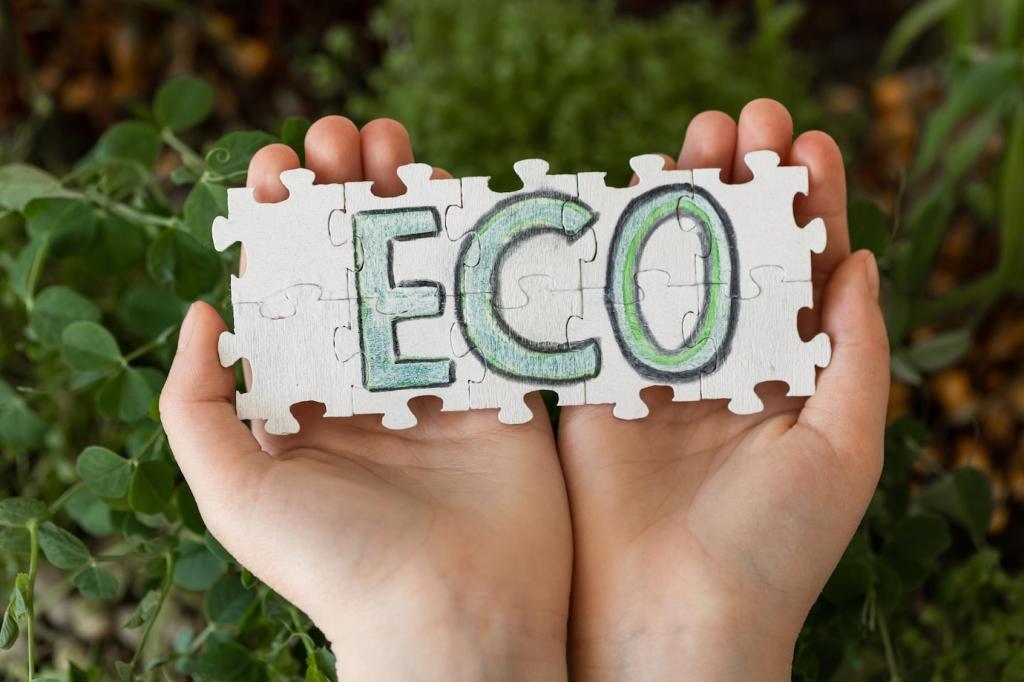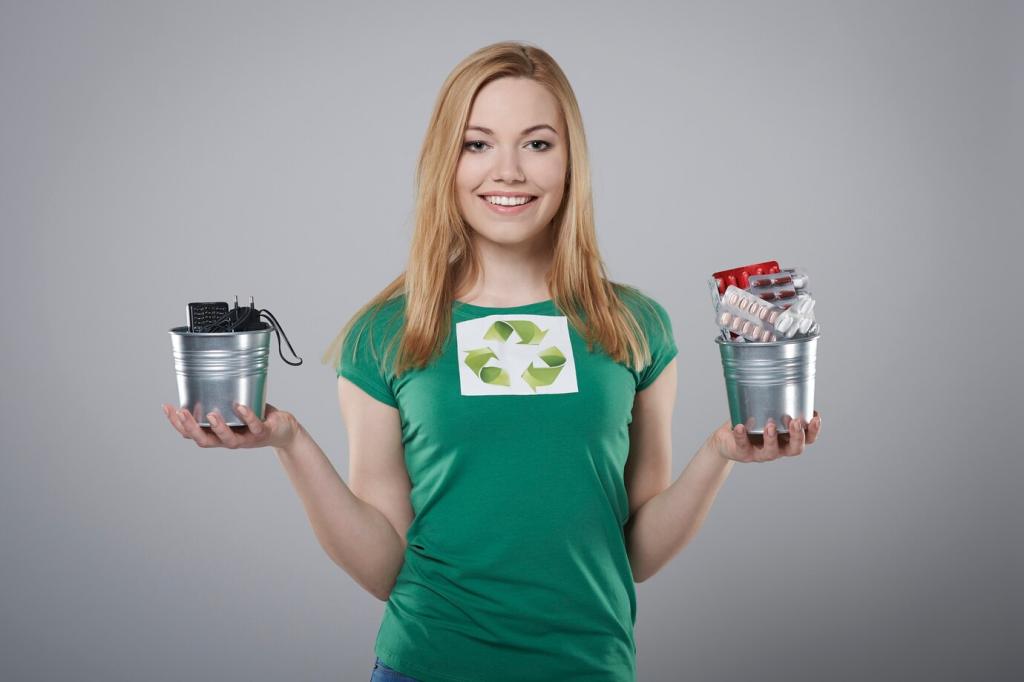Reducing Chemical Use in Furniture Maintenance: A Healthier, Happier Home
Chosen theme: Reducing Chemical Use in Furniture Maintenance. Welcome to a practical, uplifting guide to keeping furniture beautiful with fewer harsh products. Explore science-backed tips, friendly stories, and easy rituals. Subscribe and add your voice to our growing low-tox home community.
Volatile organic compounds off-gas from many conventional polishes and cleaners, lingering in soft furnishings and dust. Lowering their load with mild methods supports better sleep, calmer sinuses, and a home that smells like calm instead of a laboratory.
Why Less Chemistry Makes Sense Indoors
Children, pets, and allergy-prone guests spend time close to surfaces and floors. Choosing fewer-fragrance, less reactive solutions reduces exposure at nose level, while still protecting finishes from spills and fingerprints. Tell us which swaps made your home feel instantly easier.
Why Less Chemistry Makes Sense Indoors




Microfiber, technique, and timing
High-quality microfiber lifts dust mechanically, meaning you need less cleaner. Fold the cloth into quarters, work top to bottom, and flip to fresh sides. A spritz of filtered water adds grab. Gentle pressure and patience remove buildup without streaks or residues.

Steam in the right places
Low-moisture steam loosens grime on sealed hard surfaces, chair legs, and metal hardware, cutting product use dramatically. Keep the tool moving and avoid delicate finishes and glues. Let surfaces dry fully with airflow so moisture does not invite musty odors later.

Air, sun, and humidity
Open windows when weather allows, run an efficient fan, and rotate cushions into indirect sun. Air movement disperses odors and dries spills, reducing the need for deodorizers. A basic hygrometer helps keep humidity balanced so mildew never needs chemical interventions.
Simple, Safer DIY Cleaners and Polishes
Combine distilled water with a few drops of unscented castile soap in a spray bottle, then mist onto a cloth, not the furniture. This light solution lifts fingerprints and everyday grime on many sealed surfaces without fragrances, dyes, or persistent chemical residues.


Simple, Safer DIY Cleaners and Polishes
Stir cool distilled water with a small amount of gentle soap to create suds, then use only the foam on a white cloth. Blot, never rub, and follow with a damp cloth. Always test fabric in a hidden spot to avoid color lift.

Protein spills and pet accidents
Enzyme-based cleaners break down proteins effectively with low scent when used correctly. Blot up liquid first, apply, and give enzymes real contact time. Finish with plain water and airflow. Reducing fragrances helps you monitor progress without masking lingering issues.

Grease, wax, and sticky spots
Lift grease by blotting with a tiny dab of plant-derived dish soap and warm water, followed by cornstarch or baking soda to absorb residue. For wax, freeze with an ice pack and scrape gently, saving solvents for only the most stubborn remainder.

Habits, Stories, and Community Support
Curate a minimalist kit that handles ninety percent of tasks: microfiber cloths, a soft brush, mild soap, distilled water, baking soda, beeswax balm, and a compact steamer. Fewer options mean quicker choices, calmer cleaning, and fewer chemical impulses under stress.
